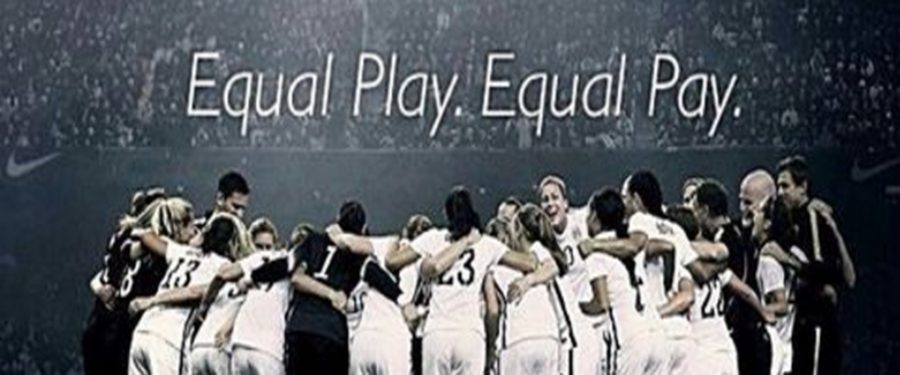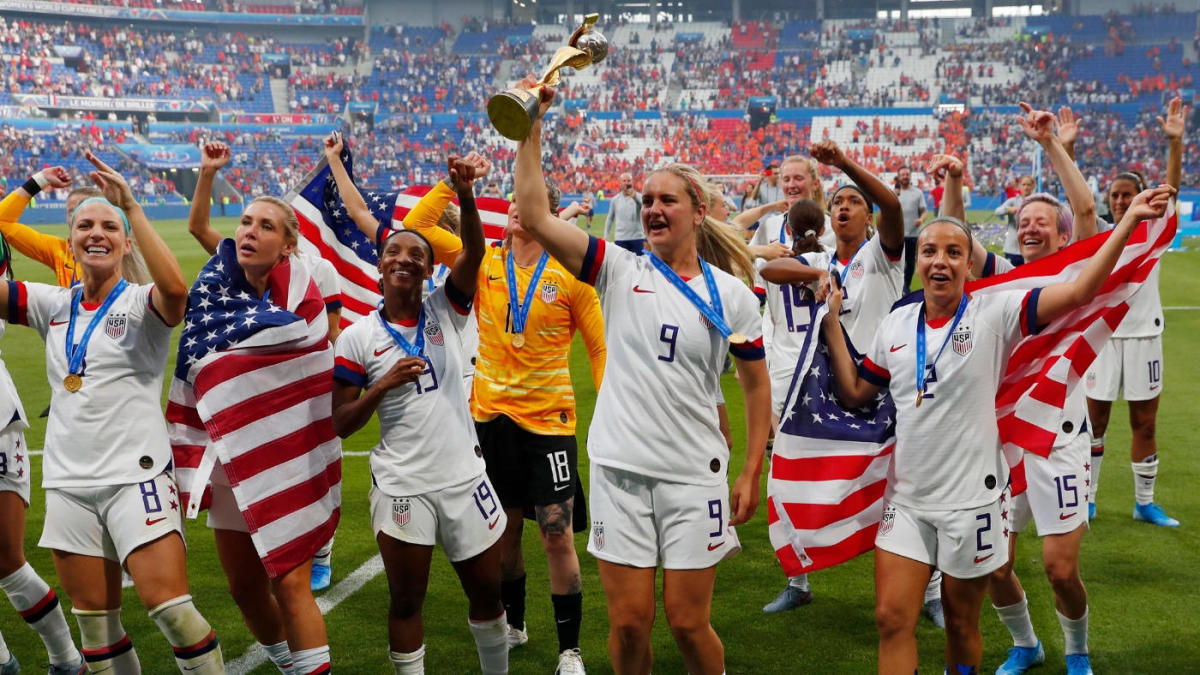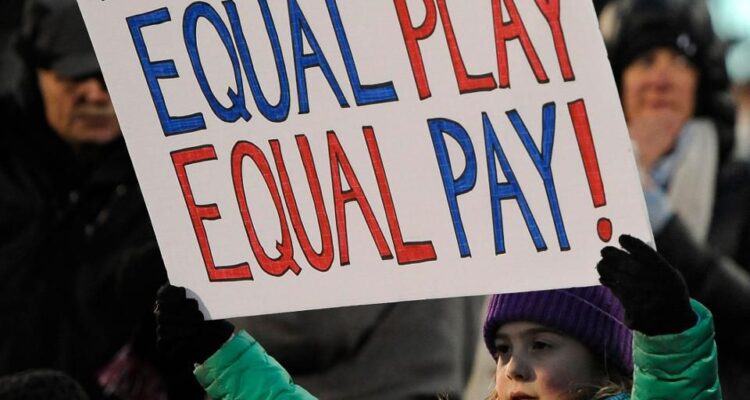The fight for the equality of women in all aspects of life has been a laborious one for nearly two centuries. Ensuring that women have the same rights as men is a goal that most people support today. Issues such as the gender pay gap, lack of women in power, and general sexism and abuse are still rife today but with the help of influential and dedicated women and allies, the playing field is getting closer to becoming level.
There is still a huge distance to go before we have true equality, and there are those that either don’t believe there’s an issue anymore or that people shouldn’t be equal anyway, but that won’t stop the fight of good people that aim to see the world become a better place for everyone. The world of sport is a great sample of the way in which women are treated and perceived. It has also played a big part in the fight for equality. This article aims to shine a light on the challenges women have faced in sport and how it has served as an arena to voice our concerns and take a stand.

The Use Of Sport For Women’s Suffrage
Suffrage is the right to vote in political elections. The fight for women’s suffrage has been one of the biggest and earliest challenges for equality to date. Opposition to women having the right to vote was strong in the 1800s with anti-suffrage views dominating the minds of many men and even women.
In fact, it was a woman called Josephine Dodge who founded the National Association Opposed to Woman Suffrage in 1911. Cultural and religious beliefs as to the role of women played a pivotal role in this opposition. Ideas that women were designed to fit the role of caretakers and mothers whilst men dealt with running the show and “bringing home the bacon” were rife, and these also bled into the world of sport. These ideologies served to prevent support for women in sport, with people suggesting that only men had the strength, stamina, and strategy to take part.
Over time, the women’s suffrage movement progressed and grew, and sports such as cycling provided more ways to demonstrate that women more than deserved equal treatment. For example, there was no such thing as women’s cycling gear in the 1800s but the development of bicycles for women to accommodate 19th-century attire presented both physical and symbolic forms of liberation. This article by Velosurance delves deeper into the role in which cycling played to support suffragist movements.

The Gender Pay Gap In Professional Sport
Invented in England in the 1860s, modern soccer, or association football to use the correct term for our English readers, is the most popular sport in the world. With an estimated global following of 4 billion people, it’s easy to see how players end up being paid mind-blowing figures. To give a sense of this, the highest-paid NFL player is quarterback Patrick Mahomes, at $45 million.
Compared to this, the highest-paid soccer player is the Argentinian powerhouse, Lionel Messi, who makes a staggering $92 million from his salary alone. Now, if we were to look at the highest-paid women in the sport, we will see that this salary is far lower. Carli Lloyd, who is arguably one of the best players in the sport still earns an amount that many of us never will, but her $518,000 per year is dwarfed by the top male players.

There are arguments for and against this being fair right now, as you could say that the money just isn’t there from investors and income to pay the same amount for female players—publicity and interest in women’s soccer, for whatever reason, isn’t as high as men’s soccer. However, some would argue that not enough is done to promote women’s games due to inherent biases from those who make these decisions. Either way, the progress being made to push women’s soccer more into the mainstream is positive, and the USA is now well known world-wide for their national women’s team over the men’s team, especially after their success in the 2019 Women’s World Cup.

The Future Of Women’s Sports
One of the ways in which the sporting world can develop to properly accommodate women in sport is for there to be more awareness. The increase in popularity of women’s sports is key to improving equality both on and off the pitch.
Promoting these events required investment and endorsement and that is happening much more these days. For example, the National Women’s Soccer League’s success has been guided by their commissioner Lisa Baird. Her input has helped to drive awareness, create a positive, constructive environment, and has ultimately given women’s soccer the recognition it deserves.
We expect to see continued progress such as this over the years to come, and one day, we hope to see the playing field rightly leveled out across all sports.

